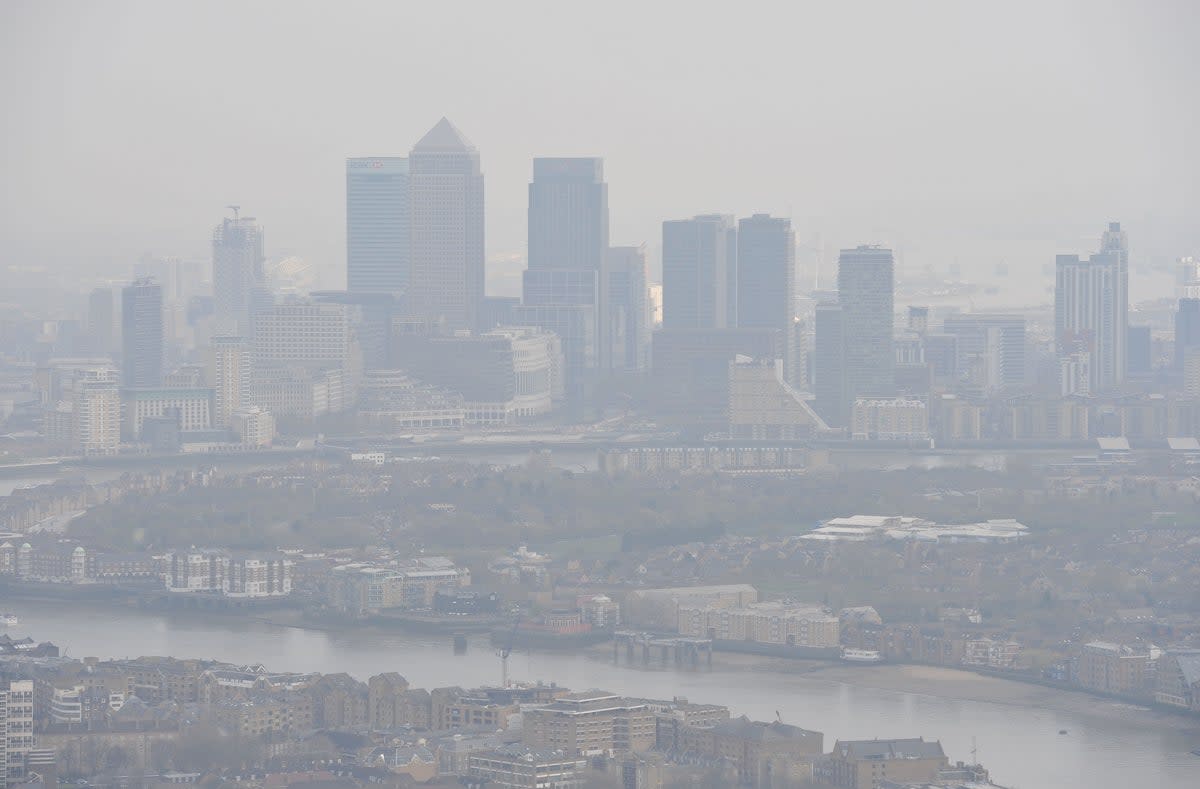Air pollution ‘causes brain damage raising risk of depression and autism in children’, new study shows

Air pollution damages children’s brains, increasing the risk of depression, stress and autism, new research suggests.
A study found those who grew up around busy roads had abnormal white matter - a vast network of fibres that connect neurons. The greater the exposure, particularly in the womb and before the age of five, the greater the affect.
First author Dr Anne-Claire Binter said: “One of the important conclusions is the infant’s brain is particularly susceptible to the effects of air pollution not only during pregnancy, as has been shown in earlier studies, but also during childhood.”
The findings are based on 3,515 children in Rotterdam aged nine to 12. Those exposed to significant amounts of traffic related chemicals fared worst.
In the first analysis of its kind, they were tracked on a monthly basis from conception until they reached eight and a half years old.
Scans showed structural alterations in tracts or bundles of cerebral white matter that link the different areas of the brain.
These have been associated with psychiatric problems including depressive symptoms, anxiety and autism spectrum disorders.
There was also a specific link between tiny particles of soot and dust, known as PM2.5s, and a bigger ‘putamen’, especially in the first two years of life.
Located at the front of the head, it is involved in motor function and learning processes along with many other functions.
Dr Binter said: “A larger putamen has been associated with certain psychiatric disorders - schizophrenia, autism spectrum disorders and obsessive-compulsive spectrum disorders.”
Daily levels of PM2.5s and nitrogen dioxide (NO2), also released by vehicle exhausts, were estimated at each individual’s home. They later underwent MRI (magnetic resonance imaging).
Dr Binter, of the Barcelona Institute for Global Health (ISGlobal), said: “The novel aspect of the present study is it identified periods of susceptibility to air pollution.
“We measured exposure using a finer time scale by analysing the data on a month-by-month basis, unlike previous studies in which data was analysed for trimesters of pregnancy or childhood years.
“In this study, we analysed the children’s exposure to air pollution from conception to 8.5 years of age on a monthly basis.”
Recorded NO2 and PM2.5s exceeded the annual threshold limits specified in World Health Organisation (WHO) guidelines - 10 micrograms per cubic metre of air (10 µg/m3) and 5 µg/m3, respectively.
But they met European Union standards, suggesting brain development can be harmed by exposure to air pollution at levels lower than current limits.Co author Dr Monica Guxens, also from ISGlobal, said: “We should follow up and continue to measure the same parameters in this cohort to investigate the possible long term effects on the brain of exposure to air pollution.”
The study is in Environmental Pollution. Two years ago scientists in the US found 12 year olds who grew up around busy roads had less grey matter.
They also had a thinner cortex – the region important for reasoning. Similar structural changes are seen in middle-aged people.
Participants exposed to significant amounts of air pollution in early childhood had around four per cent fewer neurons in some brain areas.
Another study of 20,000 over 10s in China found those who had suffered chronic exposure did worse in maths and verbal tests.
Research has also shown air pollution increases the risk of neuro-degenerative diseases, including dementia.
More than nine in ten people across the globe lives in places where air quality exceeds WHO guideline limits. More than 80 per cent of the world’s urban population are breathing unsafe levels of air pollution.
It has been linked to a host of life threatening conditions including cardiovascular disease and lung cancer.
Described as an invisible killer, air pollution causes an estimated seven million premature deaths a year worldwide, according to the WHO.

